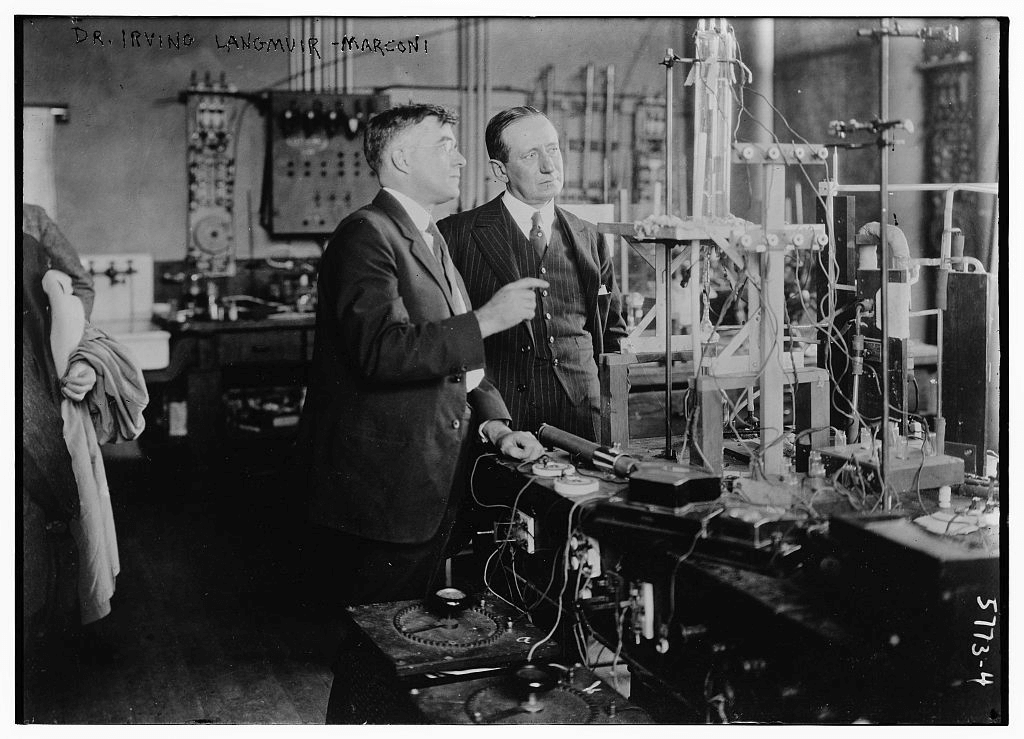Is the science behind vaccines valid? Some feel it is fatally flawed – vaccination places us all at greater risk than the diseases they were developed to prevent. On the other hand, a multitude of scientists, epidemiologists, public health officials, and medical practitioners point to vaccination’s eradication of smallpox, the near-eradication of polio, and the tremendous reduction in mortality from tetanus, influenza, measles, and other infectious diseases – the science behind vaccines, say those who understand it best, is solid, not “junk.”
It’s not just the science behind vaccines that’s called into question; we see it in the courtroom, in nutritional supplement ads, in the form of preposterous purported treatments for any number of health problems, and in any number of conspiracy “theories” [1] that claim to be based in science, but that are purely fantastical when examined. Things get really interesting when scientists fall prey to fantastical or wishful thinking – the classic recent example of this was the cold fusion debacle of the late 1980s; before that, we had N-rays, polywater, and others.
Pathological science
Nobel laureate Irving Langmuir coined the term “pathological science” in a 1953 lecture to describe any of a number of seemingly incredible scientific discoveries that failed to stand up to scrutiny.
These are cases where there is no dishonesty involved but where people are tricked into false results by a lack of understanding about what human beings can do to themselves in the way of being led astray by subjective effects, wishful thinking or threshold interactions.

Langmuir noted that pathological science displays several characteristics:
- The maximum of the effect observed is produced by a causative agent of barely detectable intensity, and the magnitude of the effect is substantially independent of the intensity of the cause.
- The effect is of a magnitude that remains close to the limit of detectability; many measurements are necessary because of the very low statistical significance of the results.
- It claims great accuracy.
- The underlying “fantastic theories” are contrary to experience.
- Criticisms are met by ad hoc excuses, thought up on the spur of the moment.
- The ratio of supporters to critics rises to somewhere near 50% and then falls gradually to oblivion.
Langmuir also cited several examples of pathological science, most of which have passed into oblivion. But there are some modern-day equivalents – the cold fusion controversy of 1989 comes to mind fairly quickly, as does the speculation that vaccines can cause autism, now thoroughly debunked when the scientific papers supporting this supposition turned out to have been fraudulent.
Quantum mechanics
There is one obvious difficulty here – many of today’s accepted scientific theories would have been considered pathological science a few centuries ago. Consider quantum mechanics – what would Newton have made of a theory that claimed the universe operated largely by chance? To Newton, quantum mechanics would certainly have been considered a:
- “fantastic theory contrary to experience,”
- making “claims of great accuracy,”
- whose effects would have been “close to the limits of detectability.”
It is quite possible that in Newton’s day, some of our most successful scientific theories may well have been considered pathological if only because they run so contrary to what we can sense ourselves and because there were then no instruments capable of making measurements capable of confirming, or rejecting, the theories’ predictions.
How can we know whether today’s “junk science” will remain “junk” or someday be vindicated? The fact is that we don’t – but there are a few of Langmuir’s criteria that might still be relevant.
For example, for all its inscrutability, quantum mechanics has steadily gained adherents as more experiments are performed – contrary to Langmuir’s final criterion. Additionally, when objections were raised in the early days of the theory, the responses were far from ad hoc – they were well-considered and helped advance the theory. Finally, quantum mechanics made predictions that were observed in laboratory experiments and nature.
Over the last century or so, many scientific theories have made predictions that could not be verified for years or decades. Yet, they were still considered sound science (as opposed to pathological science). Einstein’s work alone produced at least a half dozen predictions that were contrary to what we could observe at the time and which took several decades before being confirmed by experiment, e.g., gravitational lenses, the Bose-Einstein condensate, relativistic time dilation. Could some aspects of junk or pathological science fall under Supreme Court Justice Stewart’s comment about pornography – even if it can’t be precisely defined, we know it when we see it.
Politics and commerce seem to be the source of much of today’s junk science claims – with each side bolstering its arguments with scientific “theory” while attacking the others’ science as junk. The climate change controversy falls into this category, as does our latest concern over vaccines, the best management of COVID-19, and even the continuing refusal by some to accept that evolution takes place in all animals, including humans. These claims are all contrary to what has been observed in medicine and science.
The American experiment was the product of children of the Enlightenment – Jefferson, Franklin, Adams, Madison, Washington, and the other Founding Fathers were unapologetic intellectuals, and their debates over the nature and form of our government were educated, thoughtful, erudite – they were eager to learn. They discussed and applied their knowledge for the benefit of others. What is surprising is that their era was bookended by Puritan Minister John Cotton’s 1642 anti-intellectual screed, The Powring Out of the Seven Vials, which commented that being “learned and witty” made one “more fit to act for Satan,” and the Know-Nothing (political) Party of the 1850s.
Our government and those who devised it were the fruits of the intellect, bracketed by those who were proud of their ignorance. Even more surprising is that anti-intellectualism remains a powerful force today. I suspect that most of the Founding Fathers would be amazed at the vast sweep of scientific discovery made in the last two centuries and the technological progress made possible by this discovery and that they would weep at the level of voluntary ignorance that has been embraced so enthusiastically by so many, and at such cost.
Notes:
[1] The reason for putting scare quotes around the word theory is that, in science, “theory” does not mean “my best guess” or “something that seems reasonable to me.” In science, “theory” means “a well-substantiated explanation of an aspect of the natural world that can incorporate laws, hypotheses and facts.” Quantum mechanics is a theory because it explains phenomena observed in nature and the laboratory, making predictions as to what new experiments should show and that have been confirmed with high precision.Over the course of four decades, Dr. Y has amassed an array of experiences – especially in radiation and radiation safety, where he is board-certified. His current position restricts publications bearing his name; they need to be reviewed. Much like the Ark of the Covenant in Indiana Jones, reviews are warehoused and gather dust. He writes for ACSH as Dr. Y.
A version of this article was originally posted at the American Council on Science and Health and is reposted here with permission. Any reposting should credit both the GLP and original article. Find the ACSH on X @ACSHorg































